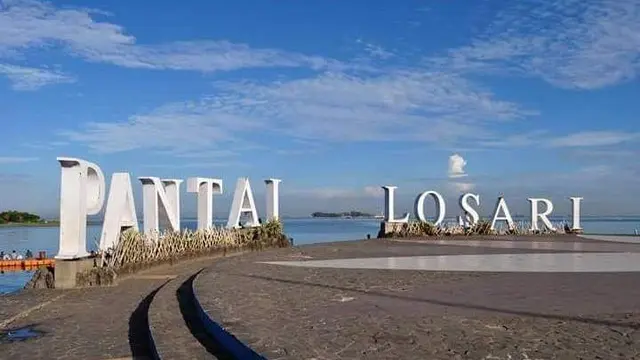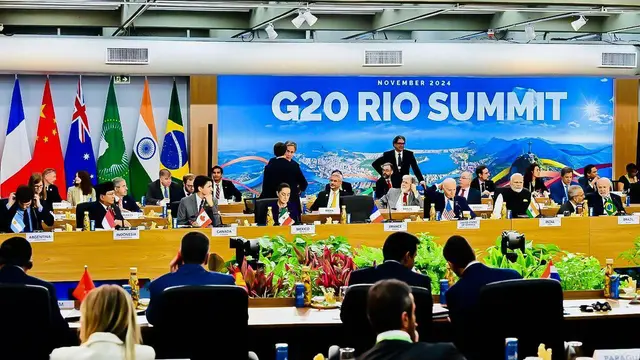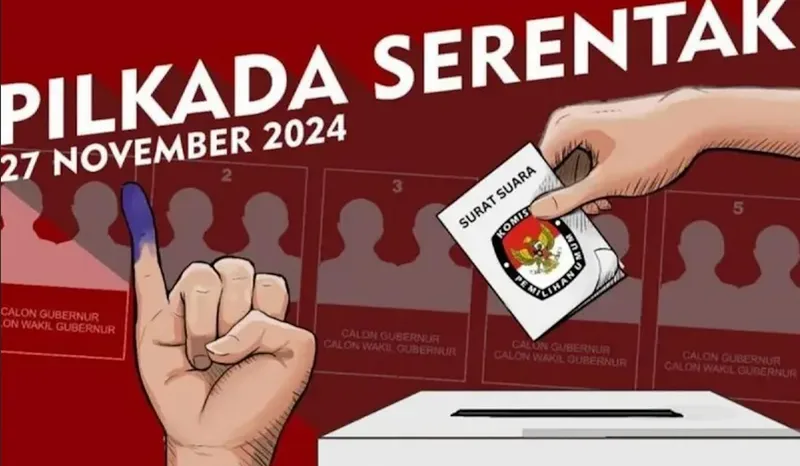Jakarta -The tradition of Adu Betis, also known locally as Mallanca, is one of the cultural heritages of the Bone community in South Sulawesi. This tradition reflects bravery, physical strength, and social solidarity.
This tradition is carried out by bringing together two men, often young men, who compete by striking each other’s calves. In practice, the participants stand facing each other and take turns striking their calves against their opponent’s calves.
The main goal of Mallanca is not just to win the match, but also to demonstrate bravery, physical endurance, and the ability to withstand pain, which are considered symbols of masculinity and honor in Bugis society, especially in Bone.
Mallanca is usually held on various occasions, such as traditional celebrations, harvest festivals, or other special events that involve the community at large. This tradition often becomes the main attraction due to its lively atmosphere, accompanied by cheers and support from the spectators.
The audience present is not only from the local community but also from other regions who want to witness the uniqueness of this tradition. In addition, Mallanca is often accompanied by traditional Bugis art performances, such as music and dance, making the atmosphere even more festive.
This tradition also serves as a platform for the younger generation to showcase their physical abilities while strengthening social bonds within the community. Besides the entertainment aspect, Mallanca has a profound philosophical meaning. In this tradition, participants are required to rely not only on physical strength but also on mental fortitude.
The pain felt during a match is considered a test of a person’s resilience and courage. These values align with the life principles of the Bugis people, known as siri’na pacce, which means maintaining a sense of shame (siri’) and empathy or solidarity towards others (pacce).
Heritage of Ancestors

Through Mallanca, these values are taught and passed down to the younger generation, making this tradition an important part of shaping the character of the Bone community.
However, like other traditions, Mallanca is not free from the challenges of modernization. Some parties criticize that this tradition can endanger the health of the participants, considering the intensity of the collisions that occur during the match.
Therefore, the community and local government are now starting to adapt to keep Mallanca relevant with the times. For example, by introducing stricter regulations to ensure the safety of participants, such as the use of foot protectors or age limits for participating in matches.
This effort is made to ensure that the traditional values contained in Mallanca are preserved without neglecting health and safety aspects.The Mallanca tradition not only reflects the culture of the Bone community but also serves as evidence of Indonesia’s rich and unique cultural diversity.
Through Mallanca, we can see how local traditions can unite the community, uphold noble values, and become an identity for its community.
Therefore, it is important for the younger generation and Indonesian society as a whole to preserve this tradition as part of the nation’s cultural heritage.
By continuing to revive Mallanca, the people of Bone not only preserve their ancestral heritage but also make a tangible contribution to enriching the cultural mosaic of the archipelago.






Leave a Reply